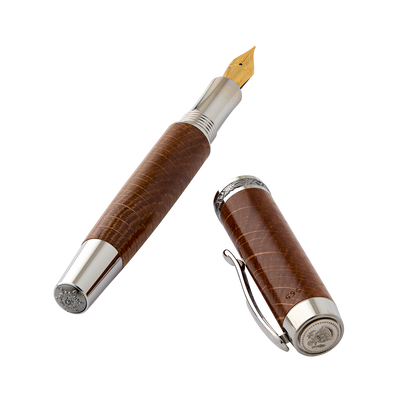





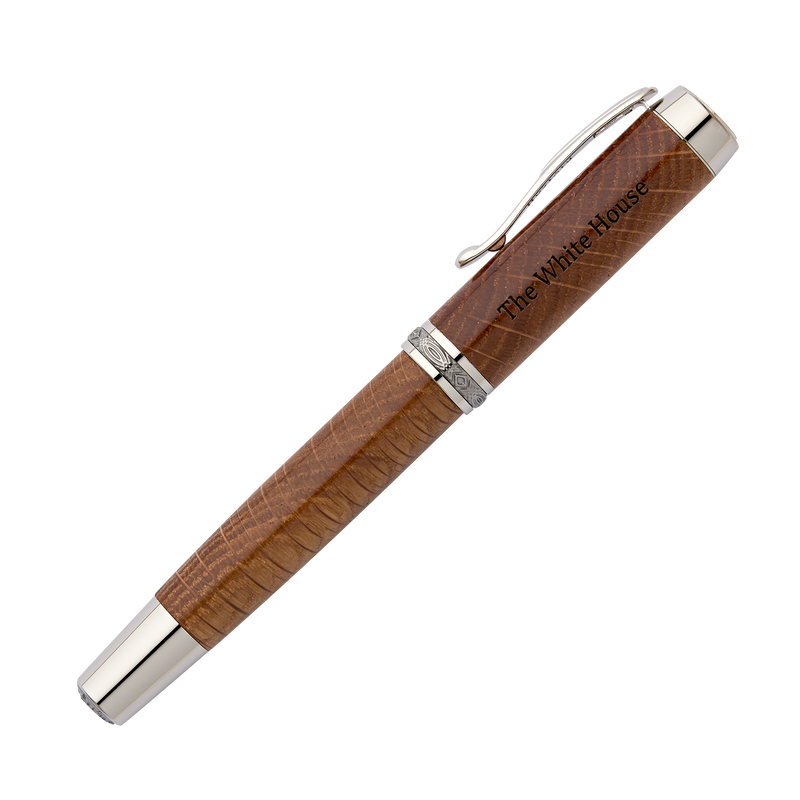

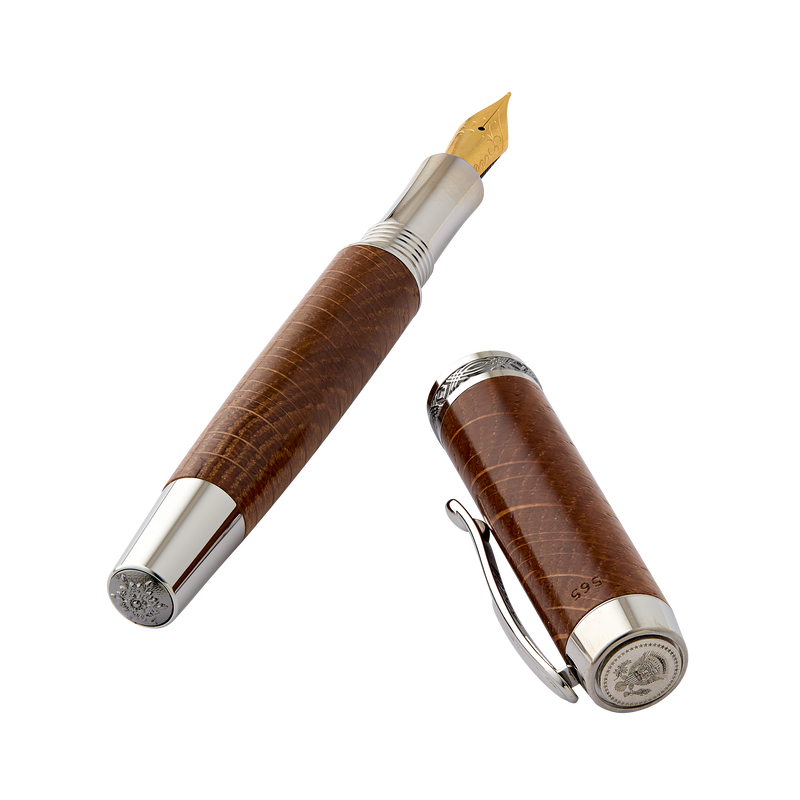
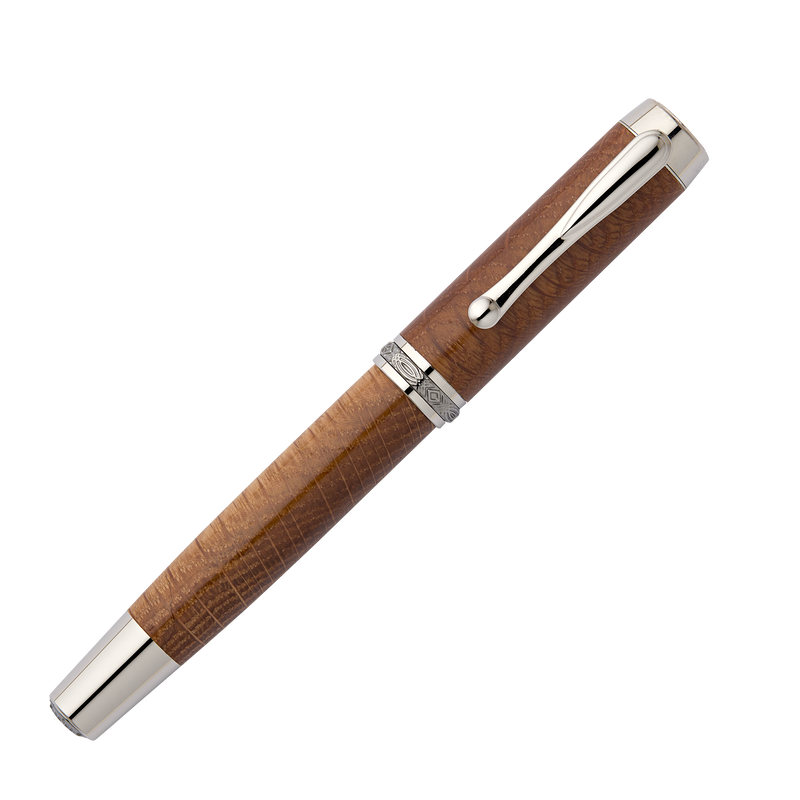
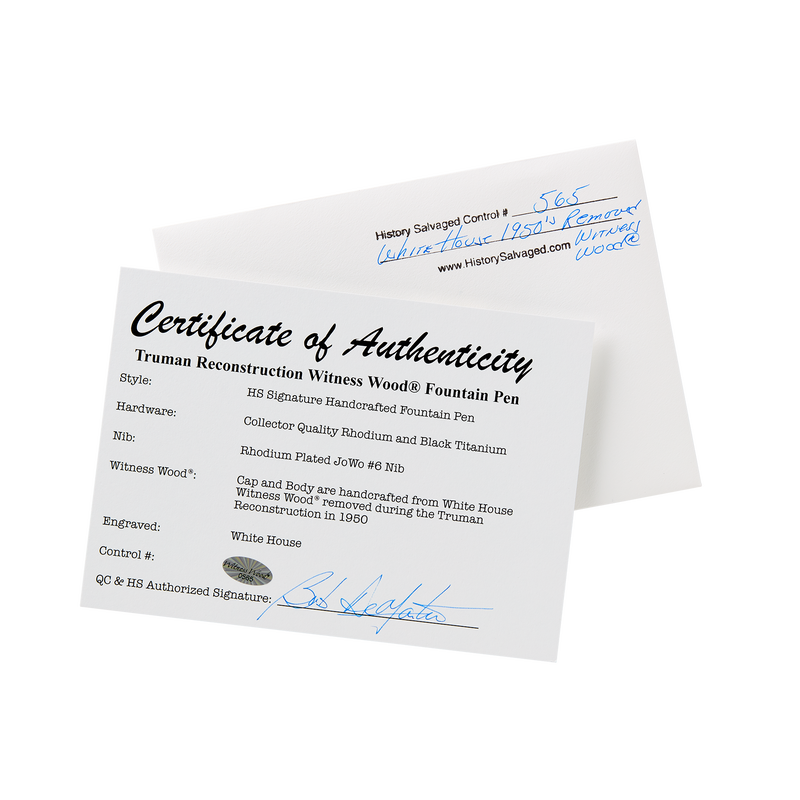
Additional Information
After the British burned the White House in 1814, Irish-born architect James Hoban was recalled to restore the Executive Mansion. The first had destroyed the inside of the home, and portions of the sandstone walls needed to be replaced. Hoban was given less time and funds to complete the project, so he opted to use wooden timbers instead of brick for much of the interior structure.
Since 1817, the White House has undergone many additions, renovations, and alterations. Most notable of these was the 1902 Theodore Roosevelt renovation, and the construction of a new roof and third floor by Calvin Coolidge in 1927. The use of modern steel and concrete put tremendous strain on Hoban's timbers, so much so that by 1948 the White House was in danger of collapse.
President Harry S. Truman oversaw the most ambitious renovation in the home's history, gutting the interior down to the basement and rebuilding the interior with a steel frame. The wood used by James Hoban was removed, and repurposed whenever possible. The rest of these materials were given away, turned into souvenirs and sold to support the renovations, or destroyed.
History Salvaged has spent more than ten years searching public and private collections to acquire enough Witness Wood to produce our White House Pen Collection, made from Mid-Atlantic Heart Pine, Oak and other species removed during the Truman renovation.


